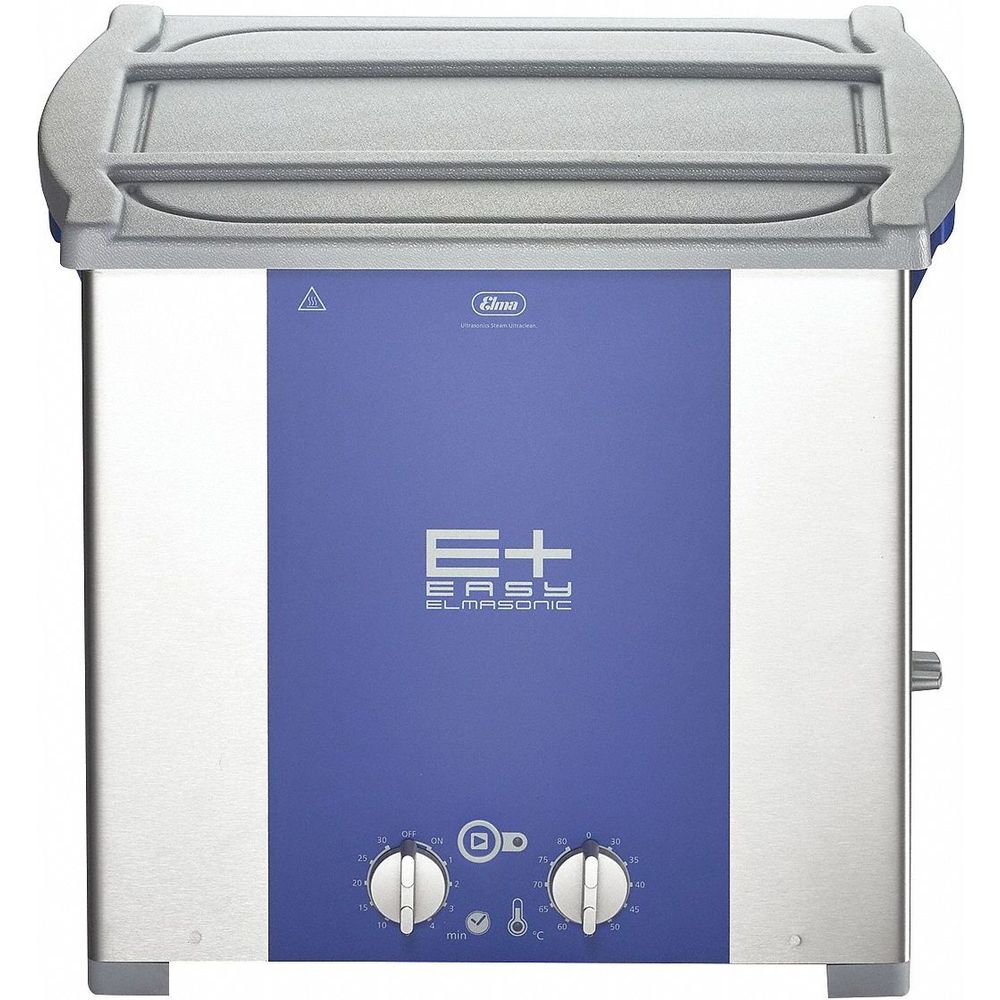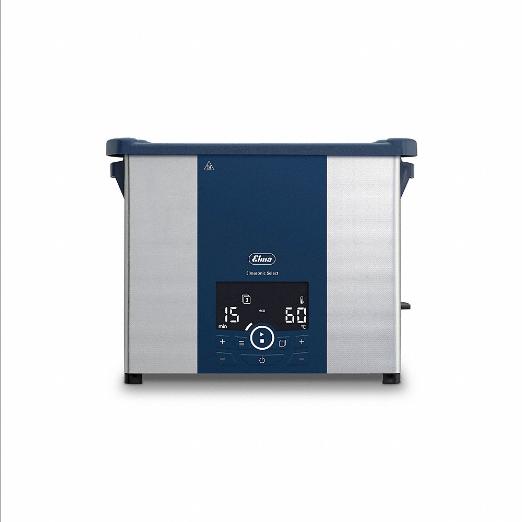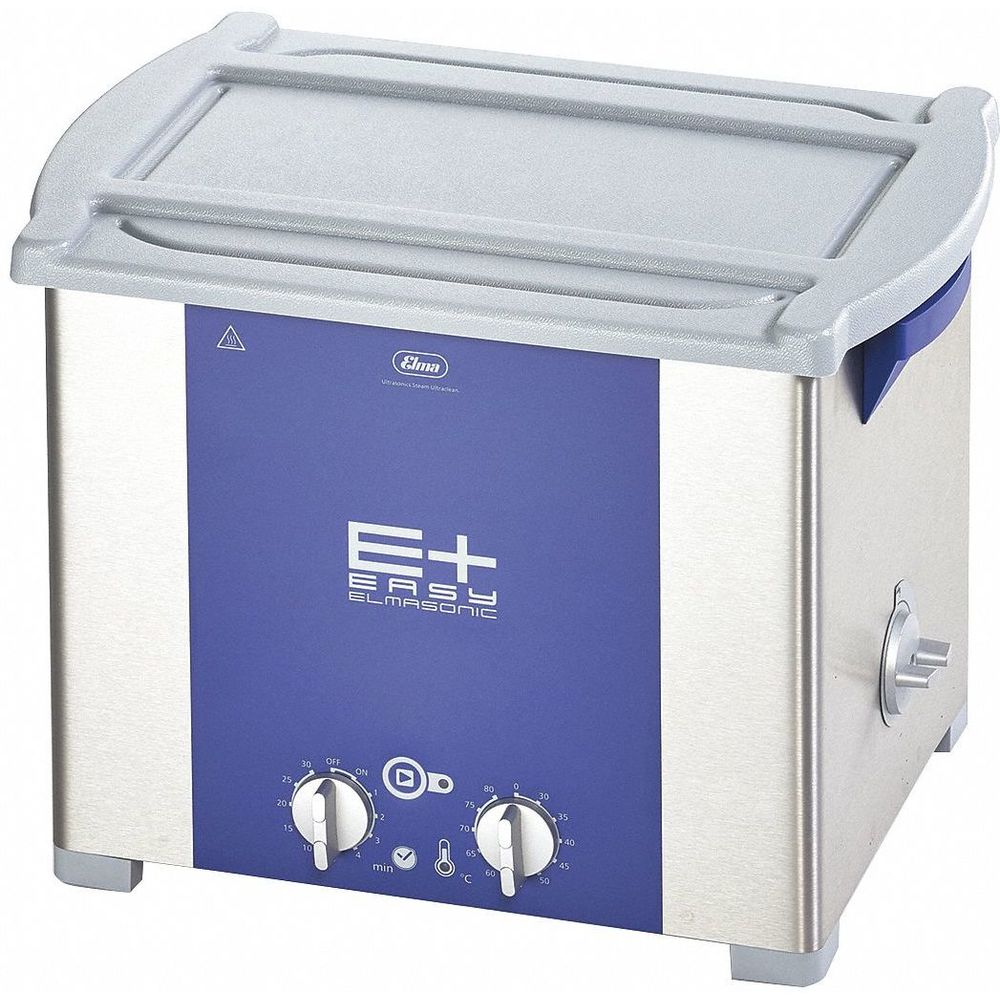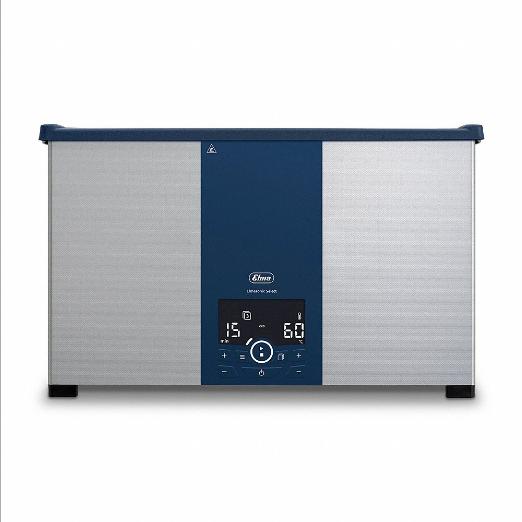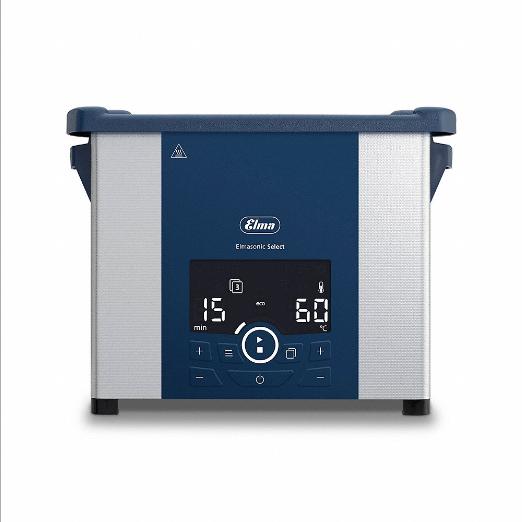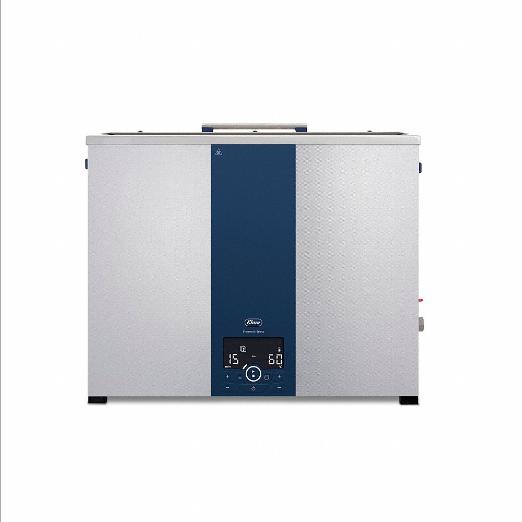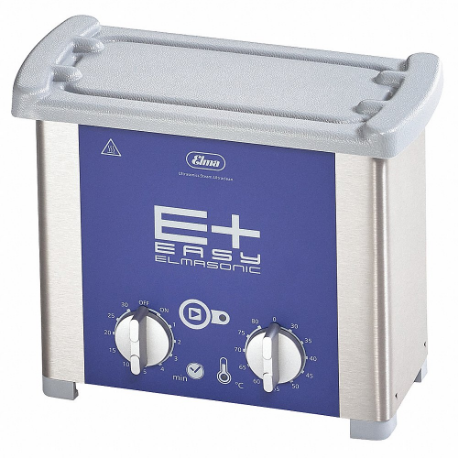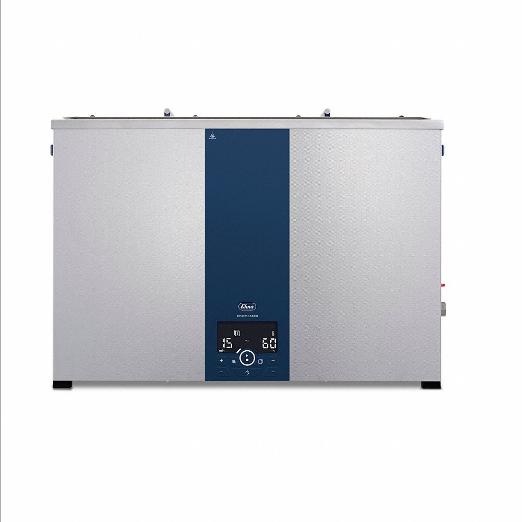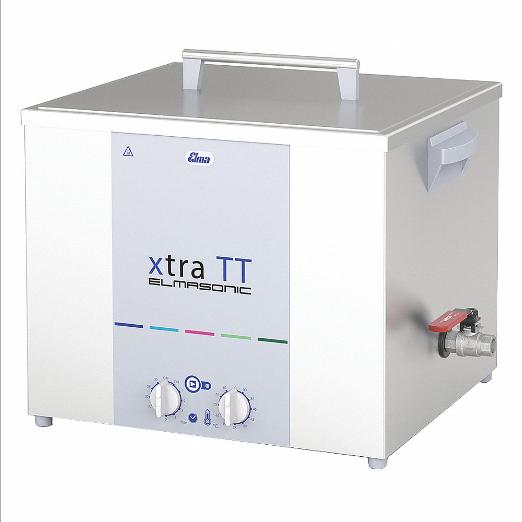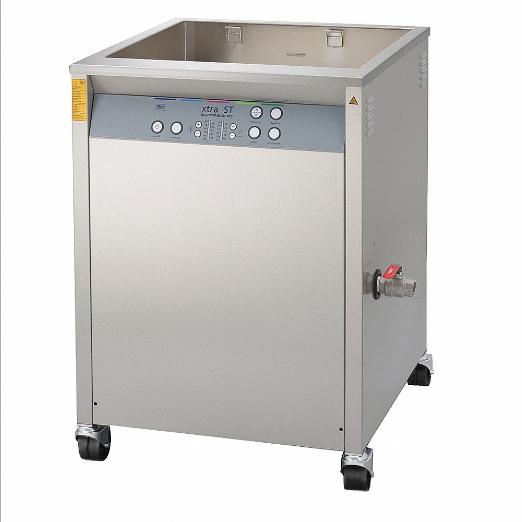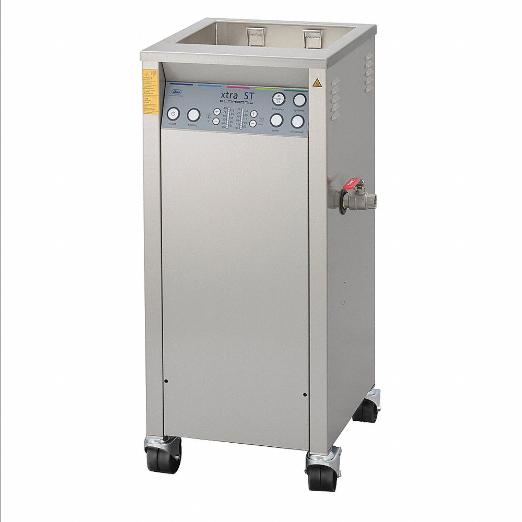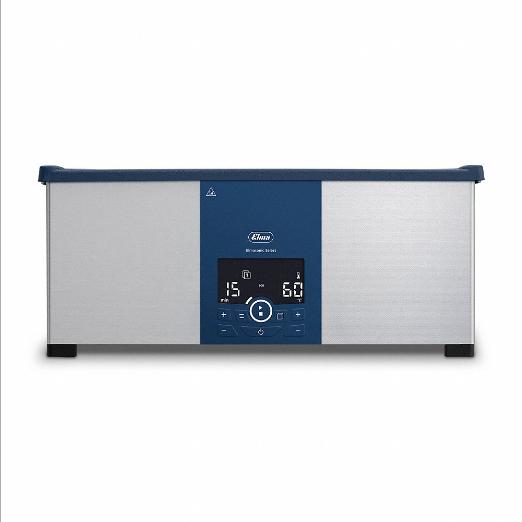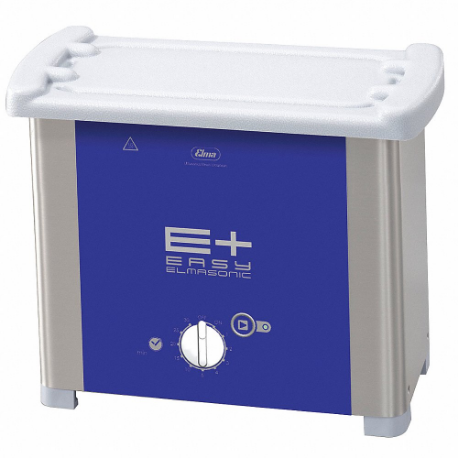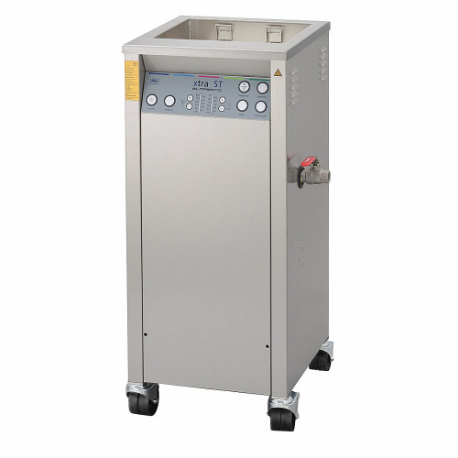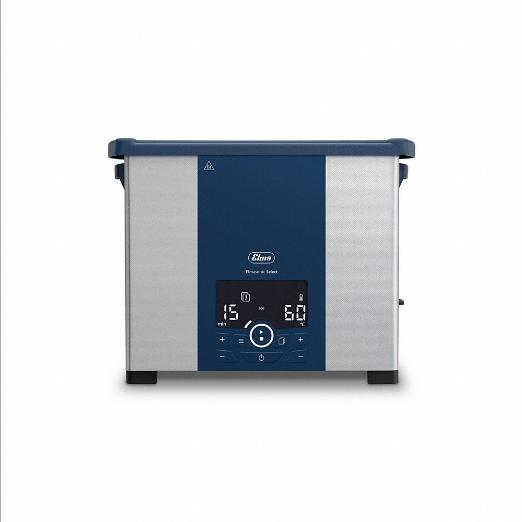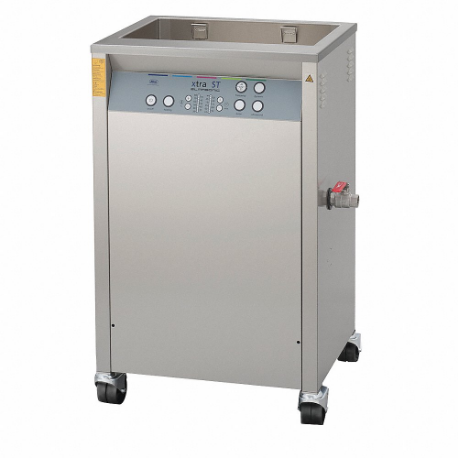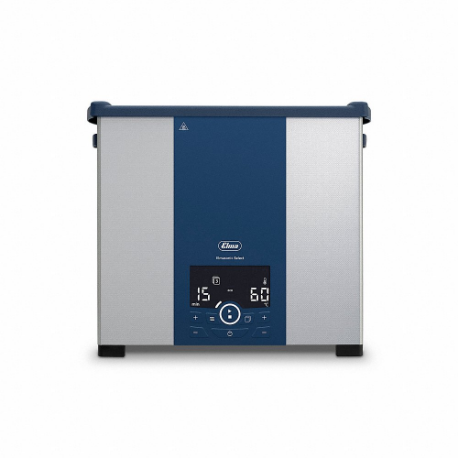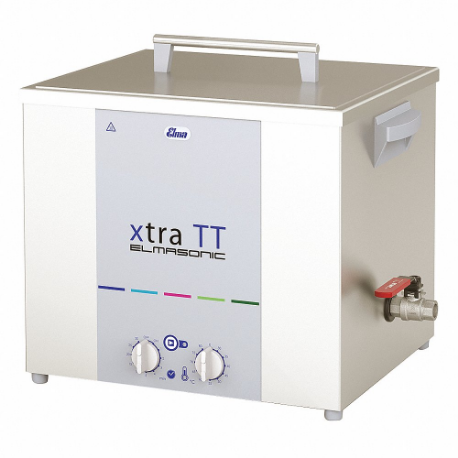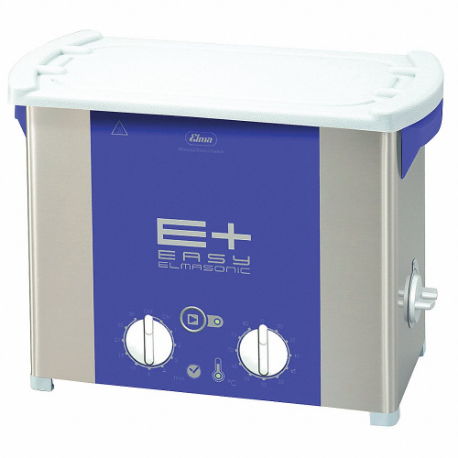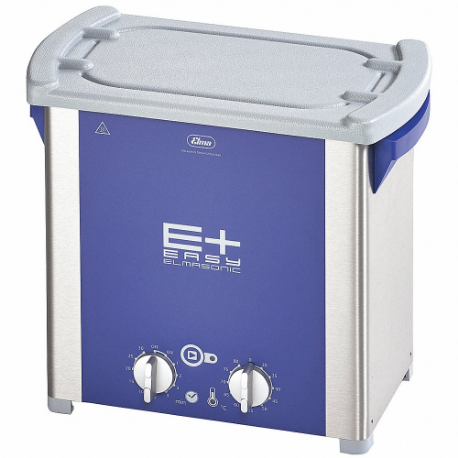Sélectionnez vos préférences en matière de cookies
Nous utilisons des cookies et des outils similaires nécessaires pour vous permettre d'effectuer des achats et d'améliorer vos expériences d'achat. Nous les utilisons également pour comprendre comment les clients utilisent nos services (par exemple, en mesurant les visites sur site) afin que nous puissions apporter des améliorations. Vous pouvez lire notre Politique de cookies pour plus d'information.
Cookies strictement nécessaires
Toujours actifCes cookies font fonctionner notre site Web. Ils incluent la journalisation de données personnelles, telles que les données de connexion/inscription ou de compte, les informations du navigateur, les images et vidéos et le parcours du panier d'achat.
De plus, nous utilisons des cookies d'optimisation pour tester de nouvelles fonctionnalités et conceptions sur notre site Web. Les informations collectées nous aident à améliorer notre site Web et l'expérience de nos clients.
Numérique
Ces cookies sont utilisés pour comprendre les performances et la pertinence de nos publicités, pour vous proposer des publicités personnalisées sur d'autres sites Web et réseaux sociaux, pour savoir quand vous êtes arrivé sur notre site à partir d'un site Web affilié tiers reconnu et pour savoir si vous effectué un achat sur la base des annonces que nous vous avons présentées.
Recommandations
Ces cookies nous permettent de fournir des recommandations personnalisées de produits et de contenu, afin de rendre l'expérience de navigation plus pertinente pour vous.
Fonctionnalités
Ces cookies sont utilisés pour proposer des enquêtes et des commentaires aux clients, pour améliorer les résultats de recherche et pour vous permettre de partager le contenu de notre site Web sur les réseaux sociaux.
Analytique
Ces cookies nous aident à améliorer notre site Web en collectant et en rapportant des informations sur la façon dont vous l'utilisez.
 Changez de pays
Changez de pays- Connexion
- Demande de Prix
-
Catégories
Catégories
- Abrasifs
- Adhésifs
- Appareils et batteries
- Nettoyage
- Électricité
- Attaches
- Service de meubles
- Outils
- Matériel
- HVAC
- Hydraulique
- Fournitures de laboratoire
- Eclairage
- Lubrification
- Usinage
- Manipulation des matériaux
- Moteurs
- Fournitures de bureau
- Équipement de plein air
- Fournitures de peinture
- Plomberie
- Pneumatique
- Outils électriques
- De transmission de puissance
- Pompes
- Matières premières
- Fournitures de référence
- Sécurité
- Sécurité
- Instruments de test
- Maintenance du véhicule
- Soudage
- Marques

